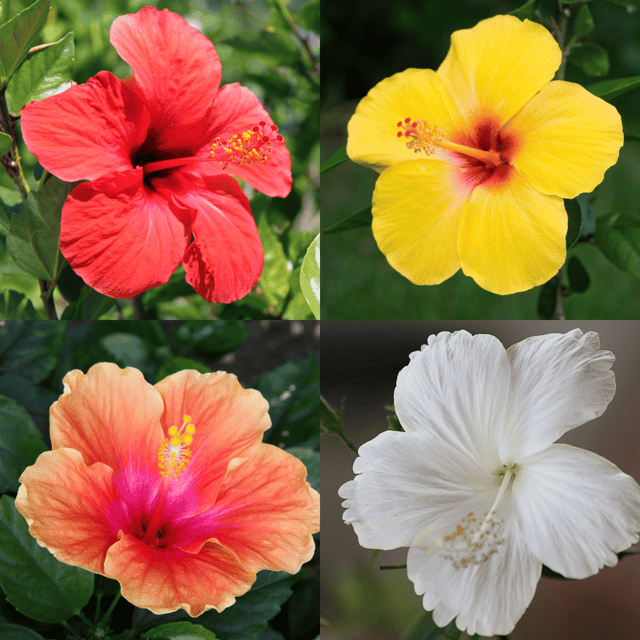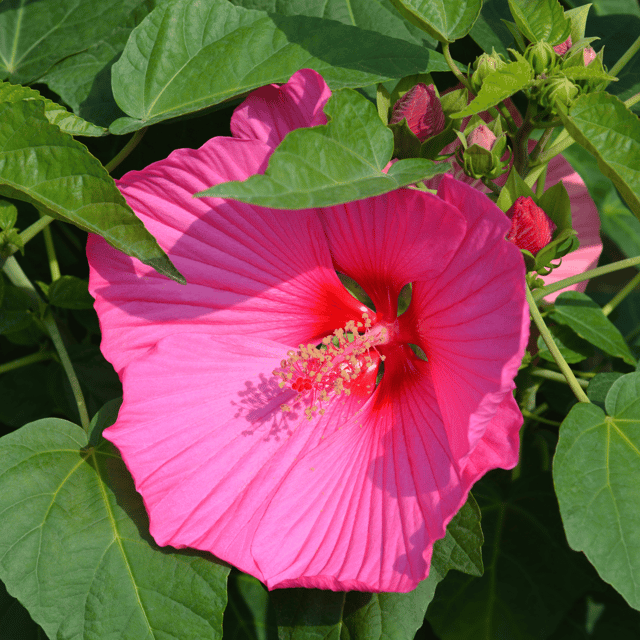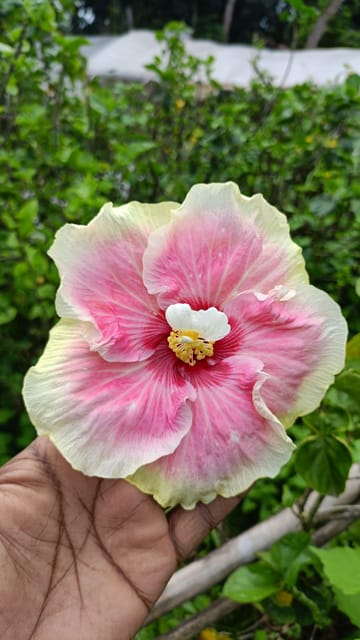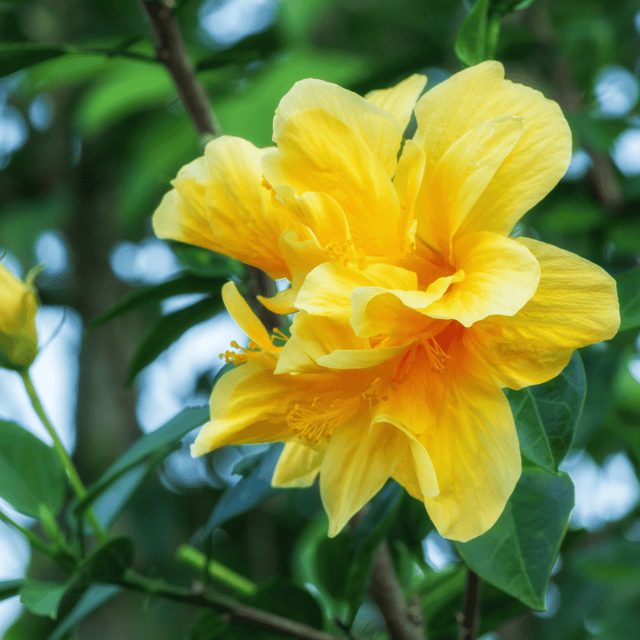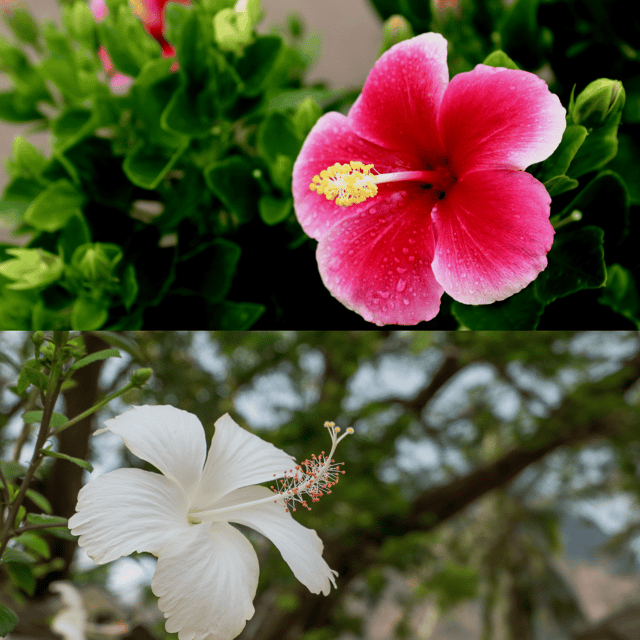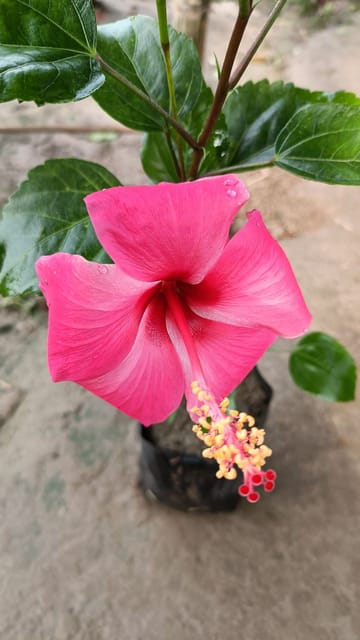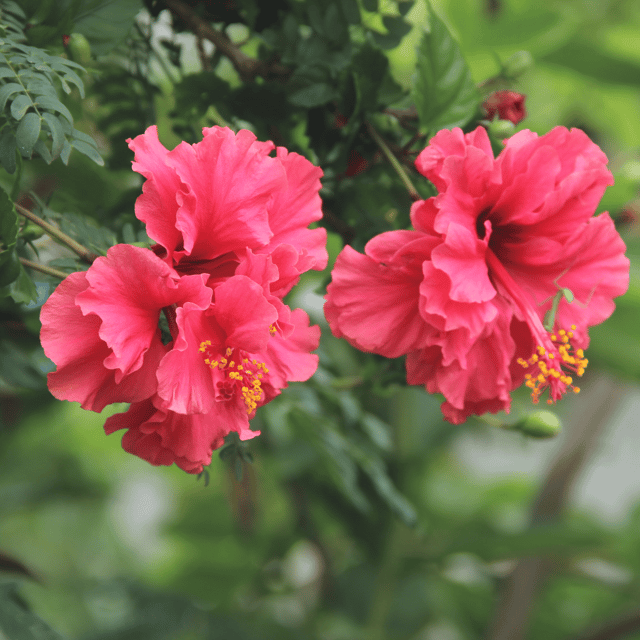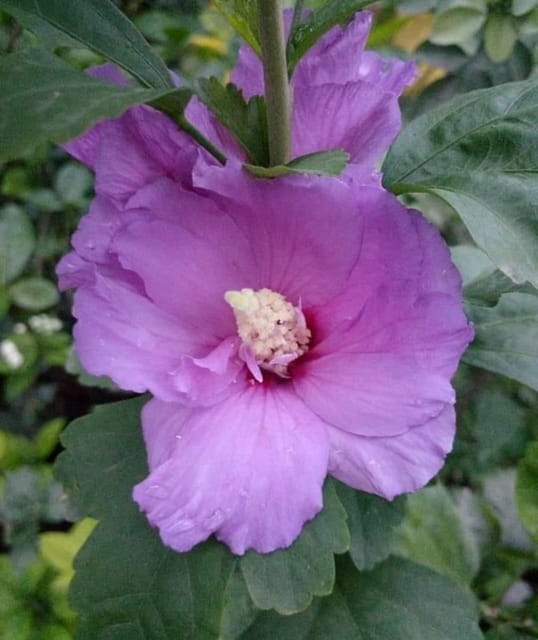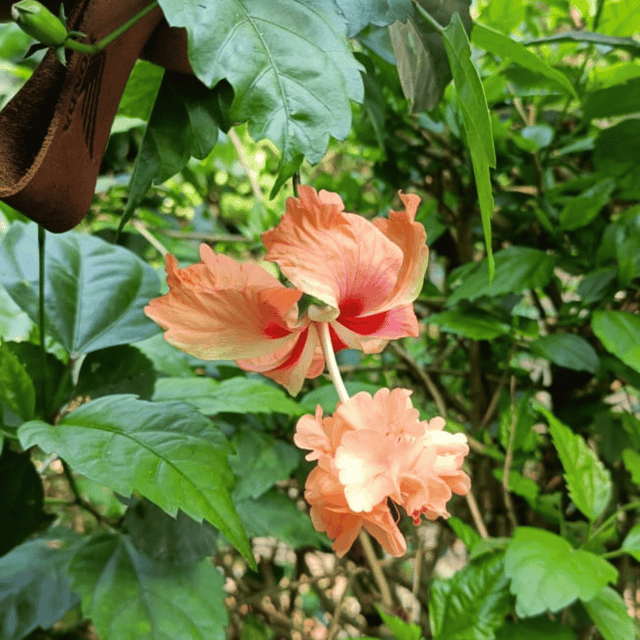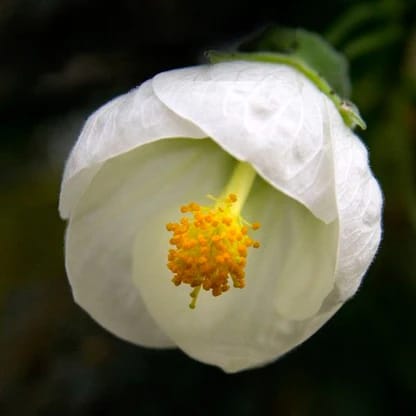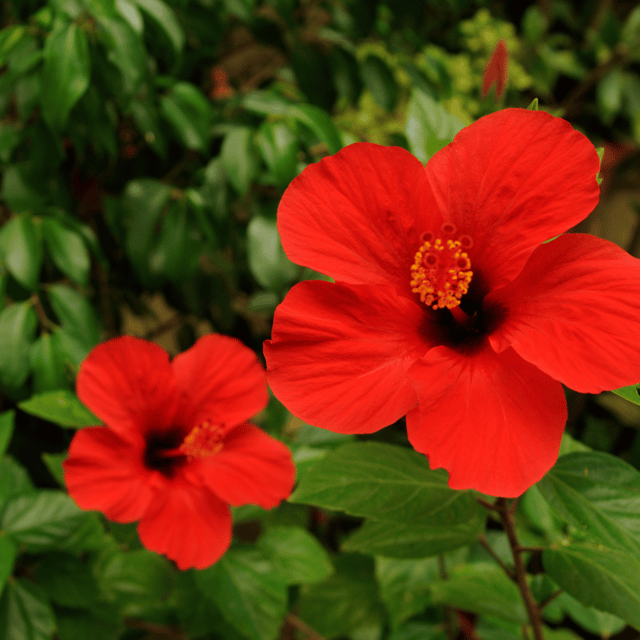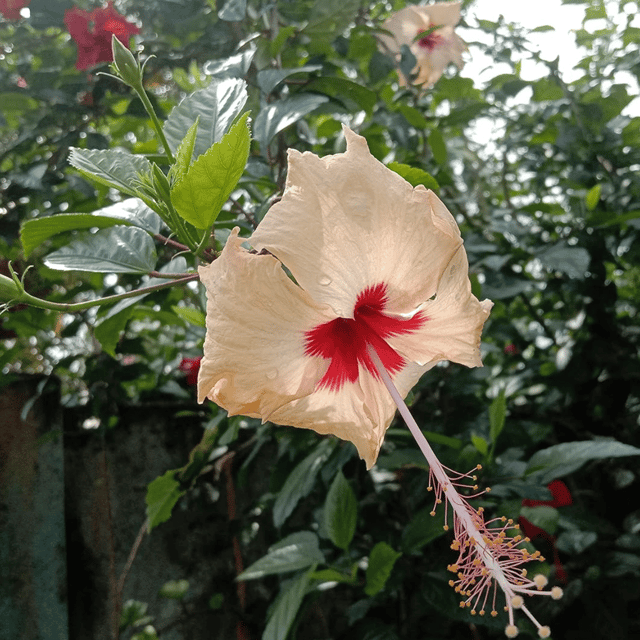- English
- हिन्दी - HI
Choose your location
Please provide your delivery pincode to see products available in your area
Hibiscus
Discover the Beauty of Hibiscus Plants for Your Home & Garden 🌿🌺
Hibiscus plants are among the most stunning and versatile flowering plants, admired for thei...
Discover the Beauty of Hibiscus Plants for Your Home & Garden 🌿🌺
Hibiscus plants are among the most stunning and versatile flowering plants, admired for their large, vibrant blooms and low-maintenance nature. Whether you are looking to enhance your home garden, balcony, or terrace, hibiscus plants bring tropical charm and ever-blooming beauty to any space. These plants are perfect for Indian climates and offer a wide range of colors, petal structures, and hybrid varieties.
At Paudhewale.com, we provide a premium collection of double-petal hibiscus, hybrid hibiscus, grafted hibiscus, lantern hibiscus, and rare purple hibiscus plants. Shop online and get healthy, disease-resistant, and high-blooming hibiscus plants delivered to your doorstep! 🌿🚚
Why Choose Hibiscus Plants for Your Garden?
✔️ Easy to Grow & Maintain – Requires minimal care with proper sunlight and watering.
✔️ Year-Round Flowering – Blooms throughout the year in warm climates.
✔️ Pollinator-Friendly – Attracts butterflies, bees, and hummingbirds.
✔️ Medicinal Benefits – Hibiscus tea and extracts are rich in antioxidants and promote overall well-being.
✔️ Perfect for Pujas & Rituals – Red hibiscus flowers are commonly used in Hindu religious ceremonies.
✔️ Gorgeous Landscape Plants – Ideal for hedges, fences, and potted displays.
Explore Our Wide Range of Hibiscus Plant Varieties 🌿🌺
Paudhewale.com offers an exclusive collection of over 40+ hibiscus plant varieties, ensuring that you find the perfect addition to your garden.
1. Double Petal Hibiscus Flower Plant (Yellow, Red, Purple, Orange, White)
A stunning double-layered bloom that offers luxurious petals and enhanced vibrancy.
Highly preferred for ornamental gardening and decorative landscapes.
Requires full sun exposure and moderate watering for optimal growth.
2. Hybrid Pune Variety Double Petal Hibiscus Flower Plant (Orange, Red, White)
A specially cultivated hybrid known for its resistance to pests and diseases.
Produces bigger and fuller flowers compared to traditional hibiscus plants.
Perfect for tropical and subtropical climates with long-lasting blooms.
3. Lantern/Lanthan Hibiscus Flower Plant (Yellow, White, Red)
Recognized for its hanging, bell-shaped flowers resembling a lantern.
Grows well in partial shade and moist soil conditions.
Ideal for hanging baskets, trellises, and patios.
4. Rare Purple Hibiscus Flower Plant
A unique and exotic variety with deep purple blooms.
Thrives in well-draining soil and high humidity conditions.
Rarely found in nurseries, making it a must-have for collectors.
5. Pune Variety Golden Hibiscus Flower Plant
A bright yellow-orange hybrid with high resistance to Indian climatic conditions.
Produces large and fragrant flowers with a golden hue.
Flourishes in full sunlight and well-fertilized soil.
6. American Hibiscus Flower Plant (Grafted & Non-Grafted)
Known for its massive, show-stopping flowers that can reach up to 10 inches in diameter.
Highly suitable for balconies, gardens, and commercial landscaping.
The grafted version provides higher bloom frequency and better durability.
7. Indian Hibiscus Flower Plant (Yellow, Red, White, Orange)
A traditional Indian hibiscus variety, widely used for religious offerings and medicinal purposes.
Low-maintenance and thrives well in pots and ground plantations.
8. Lotus Hibiscus Flower Plant (Yellow)
Features petals that resemble a lotus flower, making it an aesthetic addition to gardens.
Grows best in humid and warm regions with plenty of watering.
9. Multi-Colour Hibiscus Flower Plant (Grafted)
An exotic variety that produces multiple colors on the same plant!
Ideal for those who love vibrant garden aesthetics.
Requires frequent pruning to maintain healthy blooming cycles.
10. Dragon Hibiscus Flower Plant (Red)
A rare variety with deep red petals and serrated petal edges, giving it a dragon-like appearance.
Symbolizes passion and energy, making it a popular choice for feng shui gardens.
11. Red Swamp Rose Mallow Hibiscus / Bhindi Hibiscus Plant
Also known as okra hibiscus, this variety is edible and medicinally valuable.
Commonly grown for its medicinal leaves and flowers, often used in herbal teas.
12. Miniature Sleeping Hibiscus Red (Malvaviscus Arboreus Flower Plant)
Also called "Sleeping Hibiscus" due to its half-open flowers.
Perfect for bonsai and compact garden spaces.
13. Desi White Hibiscus Flower Plant
A native Indian hibiscus variety with pure white petals.
Commonly associated with spiritual purity and peace.
Hibiscus Plant Care Guide 🌱
📌 Sunlight: Requires 6-8 hours of direct sunlight daily.
📌 Watering: Keep soil moist but well-drained; avoid overwatering.
📌 Soil & Fertilizer: Prefers rich, well-draining soil with organic compost or vermicompost.
📌 Pruning: Regular pruning ensures healthy growth and more blooms.
📌 Pest Control: Use neem oil or organic insecticides to prevent pests.
Why Buy Hibiscus Plants from Paudhewale.com?
🌿 Exclusive & Rare Hibiscus Varieties 🌿
🚚 Doorstep Delivery Across India 🚚
📦 Secure Packaging for Safe Transit 📦
💰 Best Prices & Deals on Hibiscus Plants 💰
Enhance your garden with exotic, vibrant, and easy-to-care-for hibiscus plants! Order now from Paudhewale.com and enjoy the beauty of year-round flowering. 🌺🌿

